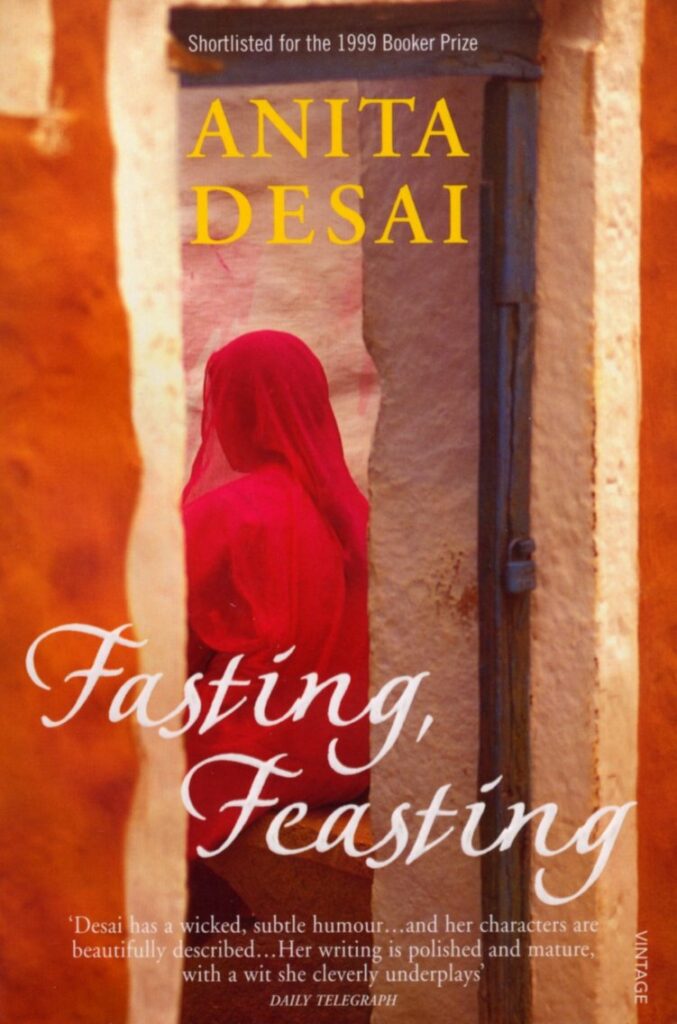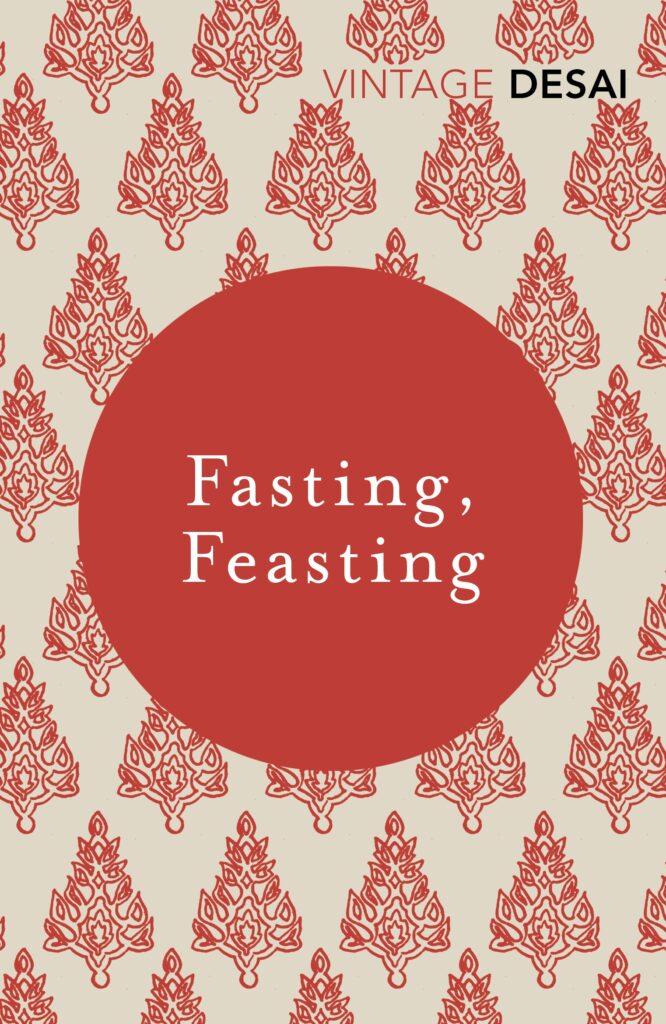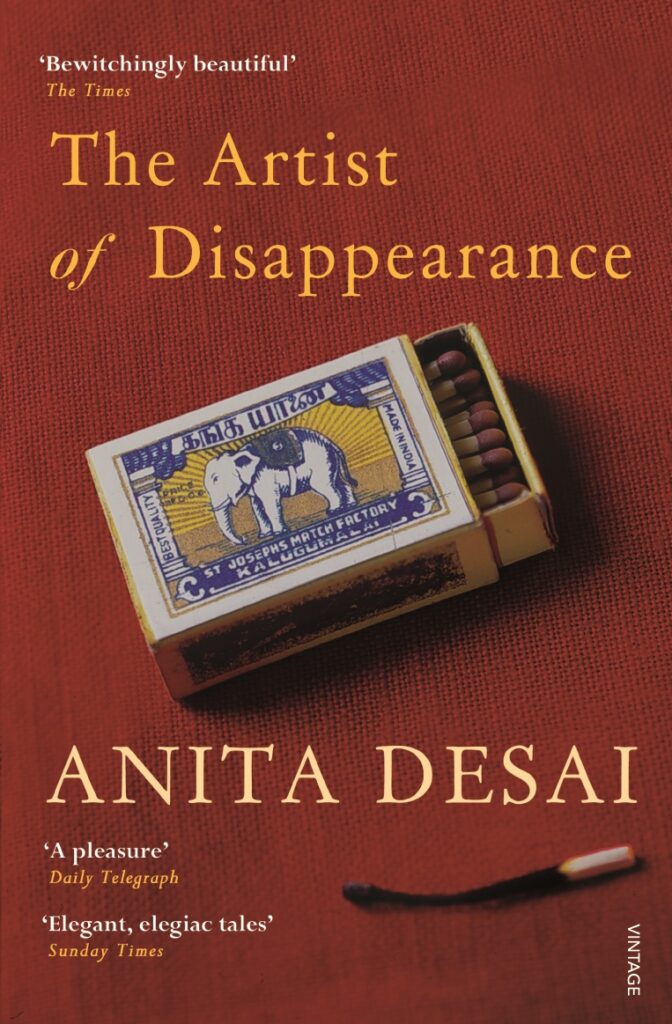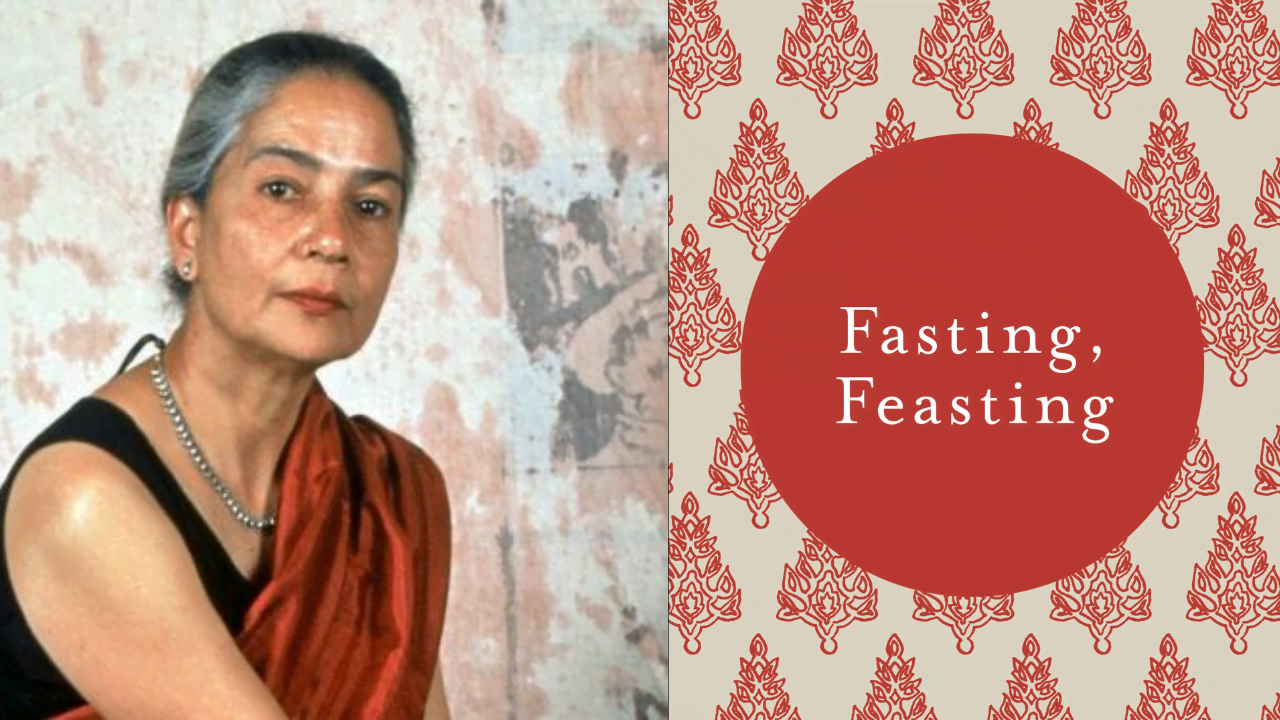The onslaught of globalisation in the 90s not only connected India to the world like never before but also had a tremendous impact on literature ensuring Indian authors a special place in world literature. Many affluent Indian writers, drawing inspiration from this ever-open world, produced some of their most prominent works– Arundhati Roy (The God of Small Things), Vikram Seth (A Suitable Boy), and, the already well-established, Anita Desai.
Born in 1937, in Mussorie to a German mother and Bengali father, the Sahitya Akademi Awardee entered the literary world at the age of 26 with her first novel, ‘Cry The Peacock.’ She has since been shortlisted for a booker prize thrice. Growing up during the partition, she found inspiration from her life and surroundings for her writing. Amid the deep cultural attachment, reflection, and critique, her work also often shows a critical observation of social gender dynamics. While, in a 1988 interview, Desai disidentified as a feminist, her writing can be considered inherently feminist.
Her 1999 novel ‘Fasting, Feasting‘ brought her her third Booker shortlist and is amongst her underlyingly feminist novels. The non-linear story follows siblings, Uma and Arun, charting their wildly different experiences of growing up.
Set firstly in India, and later America, food is at the heart of this story. The title ‘Fasting, Feasting‘ is an important descriptor of the story’s themes and message, of the contrasting starvation and indulgence the siblings experience, dictated both culturally and by gender. The simple novel manages to address a lot more than it says on the surface, especially through its seemingly inconclusive ending.
Growing up unequal
The novel’s primary character is Uma, a misfortunate spinster who lives at home with her parents. We see through her eyes, the lives of her family, around which her own life revolves. As the oldest daughter in the house, she has always taken on the automatic responsibility of performing labour for her family. Her role and her duties are expected to be assumed and unprompted. She is rather timid and unnoticeable but observant of her surroundings.

Arun too is not much different in character, a quiet, introvert. Yet, as the youngest and only boy, he receives opportunities unheard of by Uma. The difference in their treatment starts right at Arun’s birth when Uma is told to drop out of school to help raise him and learn to run the house so she can soon make a good wife.
In changing times, Desai manages to hold strong the unwavering situation of a lot of young girls in the country through the portrayal of Uma.
Arun receives, in a harshly visible way, every privilege that Uma & her younger sister Aruna did not receive. Born much later than his two sisters and as a surprise, he is the family’s golden child–”They had two daughters, yes… but there was no son. Would any man give up the chance of a son?”
In changing times, Desai manages to hold strong the unwavering situation of a lot of young girls in the country through the portrayal of Uma. As a person, she is quite unremarkable, unnoticeable but it is Desai’s perception of her world through her eyes that heightens the importance of her story to us.
While Arun is almost equally unremarkable and arguably less passionate, his father gives his education the utmost importance. His life revolves around education, something that Uma was completely deprived of. Her education suffices only to write letters to Arun who moves to America to study.
The question then arises– what would Uma’s life have been like if she had been raised in a house without a son?
The unfortunate trajectory of another golden child
A minor but incredibly significant character in the novel is Uma’s cousin Anamika. She, much unlike Arun, is a golden child in the true sense of the word. She stood in contrast with her brother Ramu (who is mentioned to be disliked for being dark-skinned and disabled) and was hailed to be the wunderkind of the family. When they met as children, Uma & Aruna would fight for her affections. She is described as both beautiful & smart and even receives a scholarship to study at Oxford.

However, the scholarship– a tangible representation of her strengths– gets shut away in a cupboard, turning into a display item and a piece of leverage to find her a good match.
Immediately after, she gets married to a rich and educated man but her life soon sours as her ‘good match‘ turns out to be an abusive one. She is mistreated in her new house by her mother-in-law while her husband sits in silence. She is completely discouraged by her family from getting a divorce and is asked rather to bear with the situation to avoid social shame.
This story slowly unfolds in the background of Uma’s story and towards the end of Part I, it ends with her unexpected, unexplainable death; with it so does the focus of the novel on Uma.
Anamika was almost a symbol of idolatry to the sisters. Especially to Uma, her life represented one that she could not attain. She showed her the potential her life could have. In the midst of her dealing with Anamika’s death, we hear the last of Uma and the novel cuts abruptly to Arun’s life in America– a most definitely symbolic choice.
Fasting, Feasting and the cultural differences in a changing world
In a way, a lot of Desai’s work– including ‘Fasting, Feasting,’ ‘In Custody,’ ‘The Artist of Disappearance,’ – often focuses on invisibility and internal socio-cultural dissonance. In ‘Fasting, Feasting,’ just as we see Uma disconnected from her life of nothingness, in contrast, we also see Arun’s overwhelming life in America.

In contrast to the familiar sights of an Indian upper-middle class household– flower embroidered tablecloth, an on-call driver, an in-house cook, an ayah, is the cold, lifeless house of the Pattons, introduced to Arun through Mrs O’Henry whom Uma makes friends with. He has a hard time adjusting to his new life.
As opposed to his mother’s doting, unending service towards his father (“Mama would carefully pack his tennis kit and send it across to him with the office peon who had come for it on his bicycle. Pinning the bag under a metal clamp, he would peddle away. Mama would watch him turn out of the gate, onto the road, deep in thought.”) is Mrs. Patton who serves her family supermarket meals.
The stereotypical, consumerist American is seen and projected through the character of Mrs. Patton, who exoticises Arun. There is a yearning that is seen through all that he is lacking in this foreign which can more or less boil down to the absence of good old-fashioned hospitality back home– the reproductive labour, in the hands of his mother, his sister, his ayah, the cook, that cushioned his life. His difficulty adjusting to American life, beyond critiquing the capitalism-driven American lifestyle, describes how habituated Arun was to his life of comfort provided to him through the hands of those around him.
While Uma eventually seems to make the most of her life despite the limited circumstances to do so, Arun demonstrates an unwillingness, or rather, an inability to do the same.
‘Fasting, Feasting‘ is ultimately a story of these differences, between people, between worlds, and between cultures and genders. The novel’s title carries a lot of depth and contrasts the abundance and deprivation that exist not only between different lives but also within one’s own life.
About the author(s)
Spoorthi is a material feminist, academically rooted in cultural studies. She enjoys analyzing films and applying feminist critique to media & media structures.






